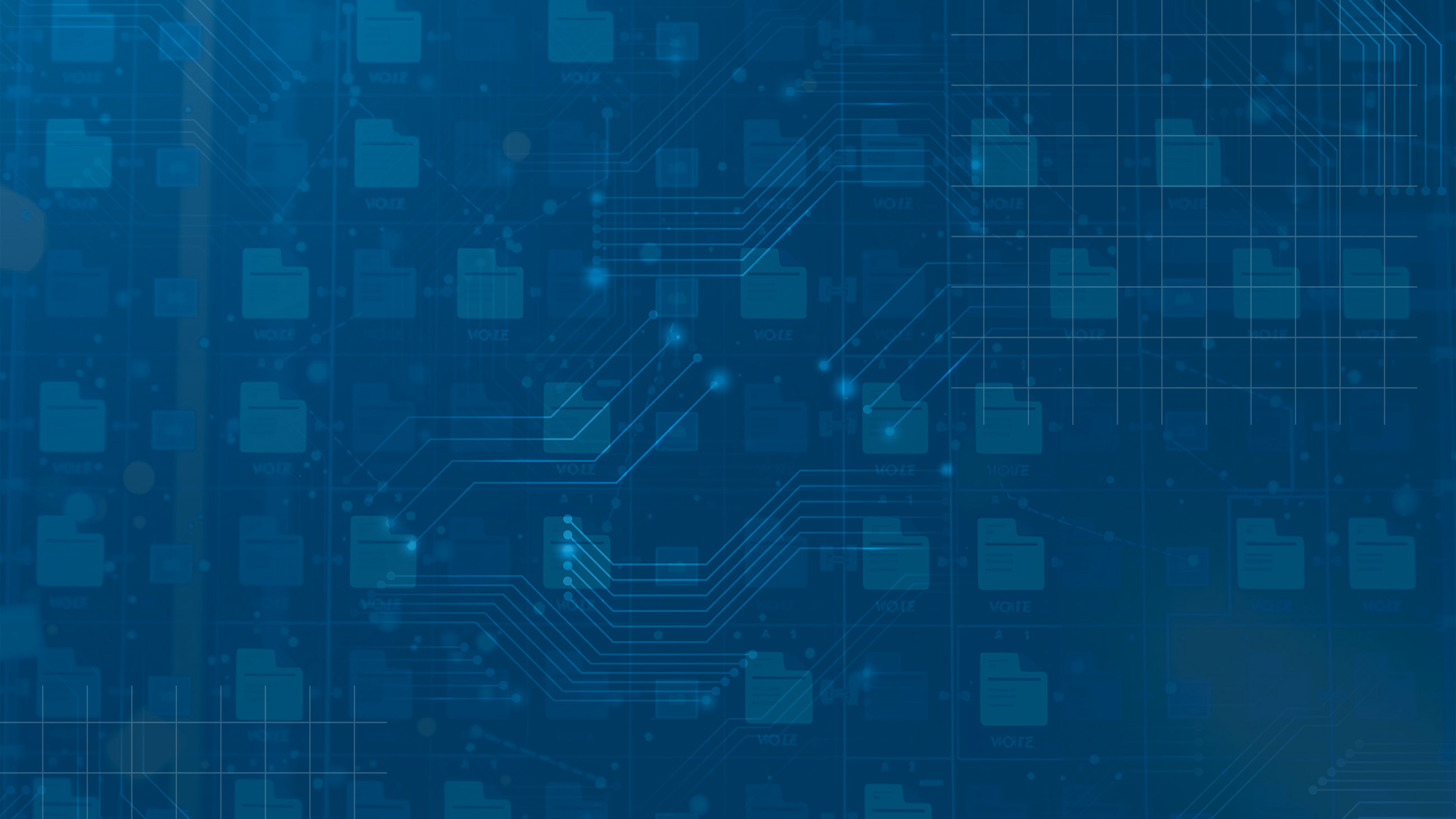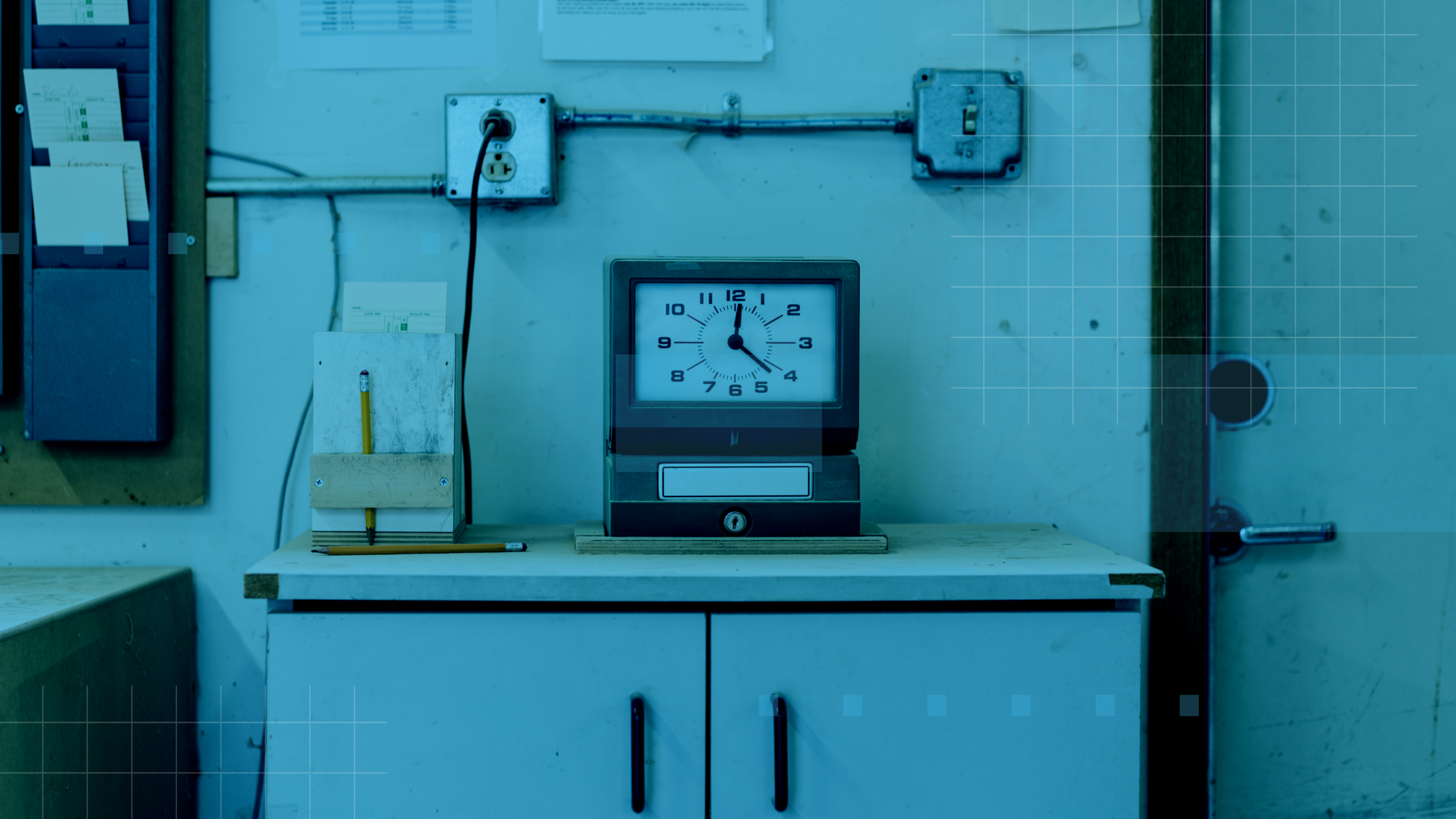Downloadable Resource
Blog
Webinar Recording
Success Story
Article
Technical Article
Video Insight
Trade Show
Webinar
Tutorial
Video Demo

What Data Should I Migrate When Implementing Payroll?
Join us on
January 16, 2019

Download Now
Event Details
Price:
$
USD
Location:
Virtual
Address:
When you are moving to a new payroll system, a frequent question I hear discussed is "What data should I move from my old system to my new system?" Let’s review the key data that can be moved and why we might want to move each one. You can get the data from your old system to the new system by manually entering, converting, or using a migration tool – I will refer to them all as ‘converting.’
My rule of thumb is that the system of record (where the data was created or housed) is the best place to access it. If you move a record from an old system and there is a question about it, you would have to go to the old system. There are things you must move, but when it comes to history, I will leave as much as possible in my old system. What most people find after they go on a new system is they do not access their old data very often after the first 3-12 months on their new system. It is a lot of work to move data, and you face issues -- like getting mappings wrong or not balancing fully -- that makesit a risky option. Because the new system may have more setup options, mapping your cross-reference tables from the old to new codes needs to be perfect.
Let’s review the major areas of data that you might move from your old payroll system to the new one:
- employee master file data
- check history and forms
Employee Master File - For employee master file information, such as name, address, direct deposit information, deductions, taxes, etc. you will want to bring over any current data you can, or manually enter what you cannot.
Check History & Forms (ex. W2s, 941, etc.) – When it comes to paycheck data and W2s, you can get into tricky territory. If you are converting mid-year, you will have to bring over at least the year to date data. I would bring over the minimum needed for a few different reasons. When you convert history, there are a couple of options; check history detail or by quarter. For historical quarters, it is much easier to balance quarter data and only bring in check history detail for the go-live quarter. For W2s, I would leave them in the old system, print to a PDF for each year, and save on a network drive for easy retrieval.
Other Items to consider – What about other items like audit trail or deduction history changes? If your old system is on the premises, I would leave in the old system and see how much I access it. If it is in a hosted system, then I would export to Access, Excel, or PDF for safe keeping.
Moving to a new payroll system entails dealing with lots of details; conversion, training, parallels, and go live. Being able to focus on learning the new system and getting your parallels correct is the right way to spend your time rather than dealing with years of data in data conversion.
Need extra help? CS3 Advisors is always available over at cs3advisors.com to help you with migrations like these, payroll concerns, and other general HR issues.











